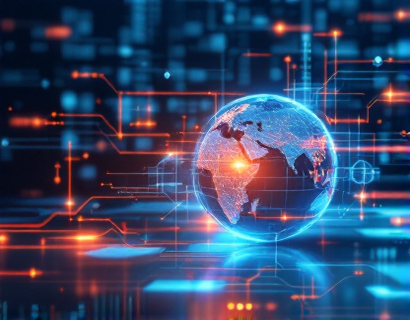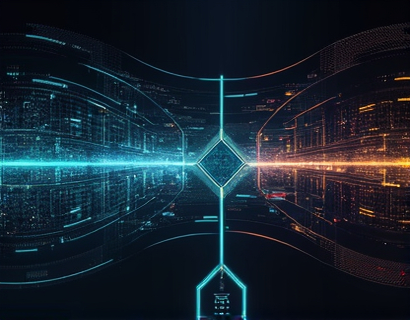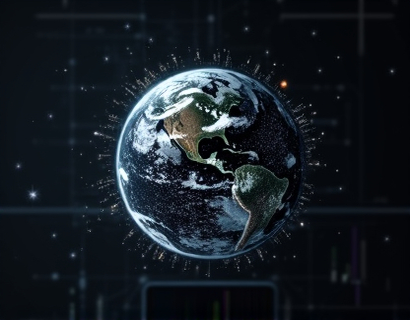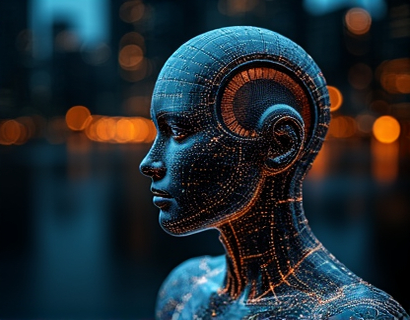Automated Document Translation: Elevating Global Communication with AI-Powered Multilingual Solutions
In an increasingly globalized world, the need for efficient and accurate multilingual communication has become paramount. Businesses and individuals frequently encounter the challenge of translating documents into multiple languages to facilitate international collaboration, expand market reach, and maintain cultural relevance. Traditional translation methods often fall short due to time constraints, high costs, and the risk of human error. Enter automated document translation, a revolutionary solution powered by advanced AI technologies. This article delves into the transformative impact of AI-driven document translation software, highlighting its capabilities, benefits, and the future of global communication.
Understanding AI-Powered Document Translation
AI-powered document translation leverages machine learning algorithms and natural language processing to convert text from one language to another with unprecedented accuracy and speed. Unlike rule-based translation systems, AI models can learn from vast datasets, adapting to nuances, idioms, and context-specific meanings. This adaptability ensures that translations are not only linguistically correct but also culturally sensitive and contextually appropriate.
The core of AI-driven translation lies in deep learning models, particularly neural machine translation (NMT). NMT uses neural networks to understand and generate translations, capturing the subtleties of language that traditional methods often miss. These models are trained on massive corpora of bilingual text, enabling them to generate fluent and natural-sounding translations. The continuous learning capability of AI ensures that translations improve over time as more data is processed.
Key Benefits of Automated Document Translation
The adoption of AI-powered document translation offers numerous advantages, making it an indispensable tool for modern businesses and individuals.
Time Efficiency
One of the most significant benefits is the dramatic reduction in translation time. Manual translation can be a time-consuming process, especially for large volumes of documents. AI-driven translation tools can process and translate documents in minutes, compared to hours or even days for human translators. This speed is crucial for businesses that need to respond quickly to global markets or manage large-scale document translation projects.
Cost Savings
Automated translation significantly reduces the costs associated with traditional translation services. While hiring professional translators can be expensive, especially for less common languages, AI tools offer a cost-effective alternative. Organizations can save on translation expenses without compromising on quality, making high-quality multilingual communication accessible to a broader range of businesses and individuals.
Scalability
AI-powered translation solutions are highly scalable, capable of handling large volumes of documents seamlessly. Whether a company needs to translate a few pages or thousands of pages, the software can adapt to the workload without a drop in performance. This scalability is particularly beneficial for growing businesses or those expanding into new markets, ensuring consistent translation quality as demand increases.
Cultural Sensitivity
Cultural sensitivity is a critical aspect of effective translation. AI models, trained on diverse datasets, can better understand and respect cultural nuances, idioms, and context-specific meanings. This capability ensures that translations are not only linguistically accurate but also culturally appropriate, reducing the risk of miscommunication and enhancing the overall effectiveness of global communication.
Consistency
Maintaining consistency across multiple translations is another advantage of AI-driven translation. Human translators may inadvertently introduce variations in terminology or style, leading to inconsistencies in large document sets. AI tools ensure uniformity by applying the same translation rules and terminology consistently throughout the document, enhancing professionalism and credibility.
Implementing AI-Powered Translation in Various Sectors
The versatility of AI-powered translation makes it applicable across various industries and sectors, each with unique translation needs.
Business and Corporate Sector
In the business world, accurate and timely translation of contracts, reports, and marketing materials is essential. AI-driven translation tools enable companies to communicate effectively with international partners, customers, and stakeholders. This capability facilitates smoother negotiations, enhances brand presence in global markets, and supports compliance with international regulations.
Healthcare Industry
The healthcare sector requires precise translation to ensure patient safety and effective communication. Medical documents, patient records, and research papers need accurate translation to convey critical information. AI-powered translation tools help healthcare providers and researchers overcome language barriers, ensuring that patients receive the right care and that medical knowledge is shared globally.
Legal and Government Sectors
Legal and government documents demand the highest level of accuracy and adherence to specific terminology. AI-driven translation solutions assist in translating legal contracts, treaties, and official documents, ensuring that the intended meaning is preserved. This accuracy is crucial for maintaining legal integrity and facilitating international cooperation.
Education and Academic Research
Educational institutions and researchers often need to translate academic papers, theses, and other scholarly works. AI-powered translation tools enable students and researchers to access a broader range of resources, fostering global collaboration and innovation. The speed and accuracy of these tools support timely publication and dissemination of research findings.
Challenges and Limitations
While AI-powered translation has made significant strides, it is not without challenges and limitations.
Language Complexity
Some languages, particularly those with complex grammatical structures or limited digital resources, pose challenges for AI translation models. While progress is being made, these languages may still require human oversight to ensure accuracy and cultural relevance.
Contextual Understanding
Although AI models have improved in understanding context, certain nuances and subtleties may still be missed. In highly specialized fields or documents with intricate cultural references, human expertise is often necessary to refine translations.
Data Privacy and Security
Handling sensitive documents requires robust data privacy and security measures. Organizations must ensure that their chosen translation tools comply with data protection regulations and safeguard confidential information.
Future Trends in AI-Powered Translation
The field of AI-powered translation is rapidly evolving, with several promising trends on the horizon.
Enhanced Contextual Awareness
Future AI models will likely incorporate more advanced contextual understanding, leveraging additional data sources and real-time information to generate even more accurate and relevant translations. This enhancement will be particularly beneficial for dynamic content and real-time communication.
Multimodal Translation
Beyond text, multimodal translation involves converting spoken language, images, and videos into multiple languages. Advances in speech recognition and computer vision will enable more comprehensive translation solutions, facilitating communication across various media formats.
Personalized Translation
AI-driven translation may evolve to offer personalized experiences, adapting to individual preferences and communication styles. This customization will enhance user satisfaction and further bridge cultural gaps.
Conclusion
AI-powered document translation is revolutionizing global communication, offering a powerful tool for businesses and individuals to overcome language barriers. By providing accurate, culturally sensitive, and efficient translations, these solutions streamline workflows, enhance collaboration, and support international expansion. As the technology continues to advance, the future of multilingual communication looks brighter and more interconnected than ever.










































